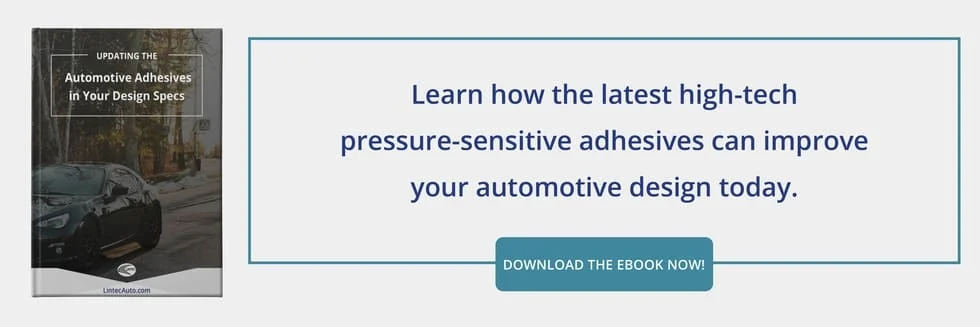Prepare Car Supply Chains For the Next Crisis With Shipping Films

Although we’re now three years removed from the pandemic, the automotive industry is still trying to get back to “normal.” The pandemic laid bare the intricate inner workings of the supply chain, showing many tier 1 suppliers problems that ran much deeper than expected.
Although robust economic growth has helped stabilize the industry, many suppliers are wondering how to keep the next crisis from crippling their bottom line. With the right planning and equipment, your business can be much more resilient next time there’s a disruption.
Understanding the Vulnerabilities of the Car Supply Chain
The first step in preventing a crisis is knowing why it occurred. The issues that struck during the pandemic had been building for a while, so shutdowns and disruptions caused a massive chain reaction throughout the industry. Some of the main causes included:
Lean Operations and Costs
Suppliers and OEMs have long been advocating for leaner and more efficient operations. The less money a business can spend on parts and labor, the more profitable it can become. Unfortunately, operating with such a razor-thin margin means even a slight disruption can cause expensive delays and recalls.
While it’s not always possible for suppliers of car parts to beef up their budgets, they should add a slight financial buffer to help smooth out any wrinkles within the supply chain (i.e., having to switch to a new supplier or contractor). Damage during shipping can also bloat overall supply chain expenses. Automotive film is an option that can protect everything from the wheels to the interior.
Complex Network of Contractors and Subcontractors
One significant problem the pandemic exposed is the obscurity of the car supply chain itself. When tier 1 suppliers couldn’t get the parts they needed, they discovered a complicated web of contractors and subcontractors, many of them previously unknown.
Because there’s no limit to how many subcontractors can be part of the chain, it’s virtually impossible to pinpoint the problem until it’s too late. So, demanding greater transparency and visibility from tier 2 suppliers can help mitigate this issue. For example, contracts may stipulate how many subcontractors are allowed or that everyone is notified when a new link is added to the chain.
Reactive vs. Proactive Approaches
The unofficial golden rule of any operation is, “It’s never a problem until it is.” Basically, the car supply chain was working, so there was no reason to anticipate lockdowns and other disruptions. This meant that many automotive parts suppliers were caught completely off-guard when the pandemic struck. Afterward, most suppliers were scrambling to figure out how to get back on track, only then realizing how complex the chain actually was.
With this recent experience, suppliers can now be more proactive about solving potential problems before they cause massive delays or losses. For example, routine audits and inspections can spot weak links within the chain. From there, operators can determine whether switching suppliers or fixing any problems in-house is better.
How Protective Film Can Help Minimize Risks When Shipping Automotive Parts
While part and material shortages can impact the entire chain, suppliers must also worry about finished parts and vehicles. Until the car drives off the lot, it’s still the responsibility of the OEM and every supplier within the chain.
One way operators can be more proactive is to focus on protecting parts from physical damage. Disruptions don’t just cause delaysthey can also lead to mishandling and prolonged exposure to environmental damage.
Custom shipping films can even prevent scratches and scrapes from ruining car paint before the vehicle goes on the lot. Best of all, these films are designed to be invisible, so they can remain on the surface until the customer buys the car.
Contact LINTEC Automotive
LINTEC Automotive offers a wide array of protective films for car parts. These films reduce damage and provide peace of mind, especially when disruptions happen. Find out more about these films and how they can minimize risks for your business.

